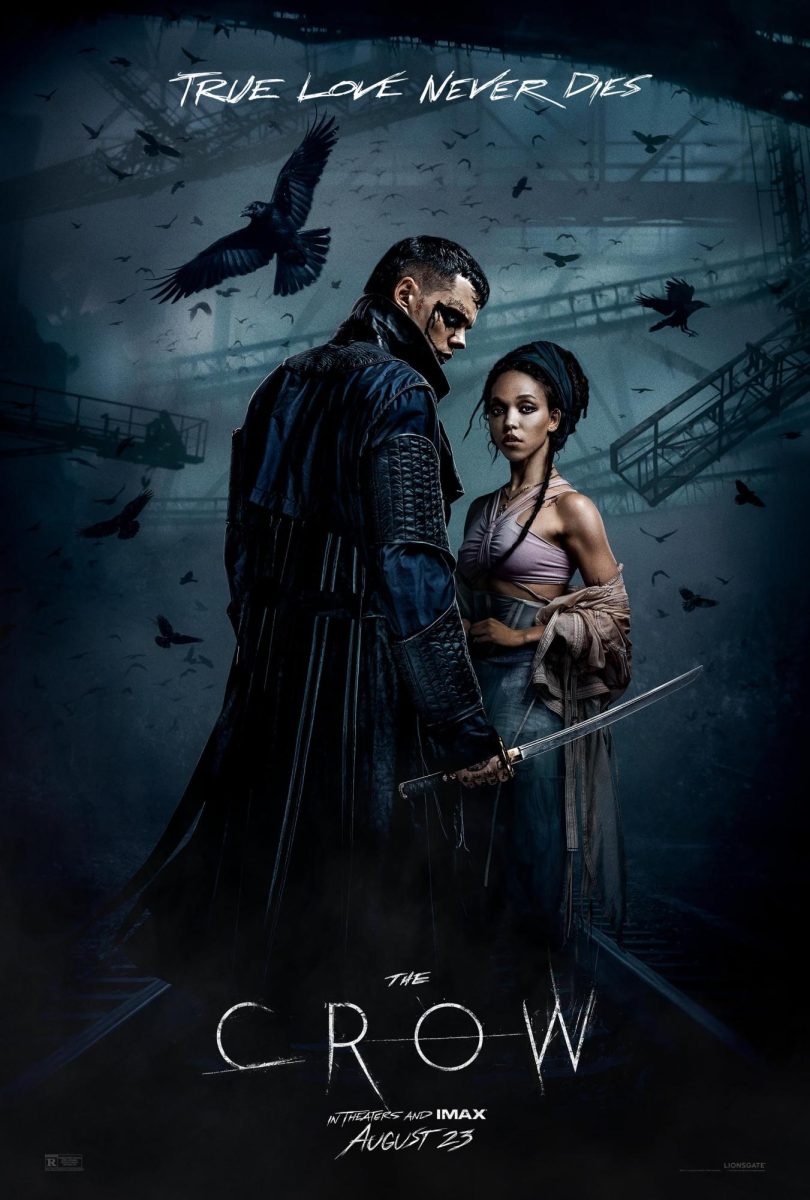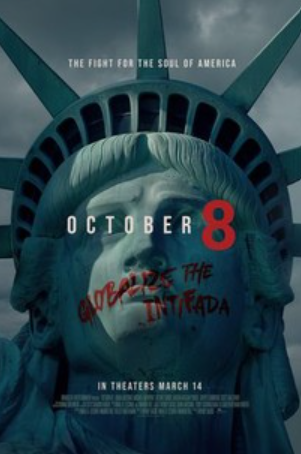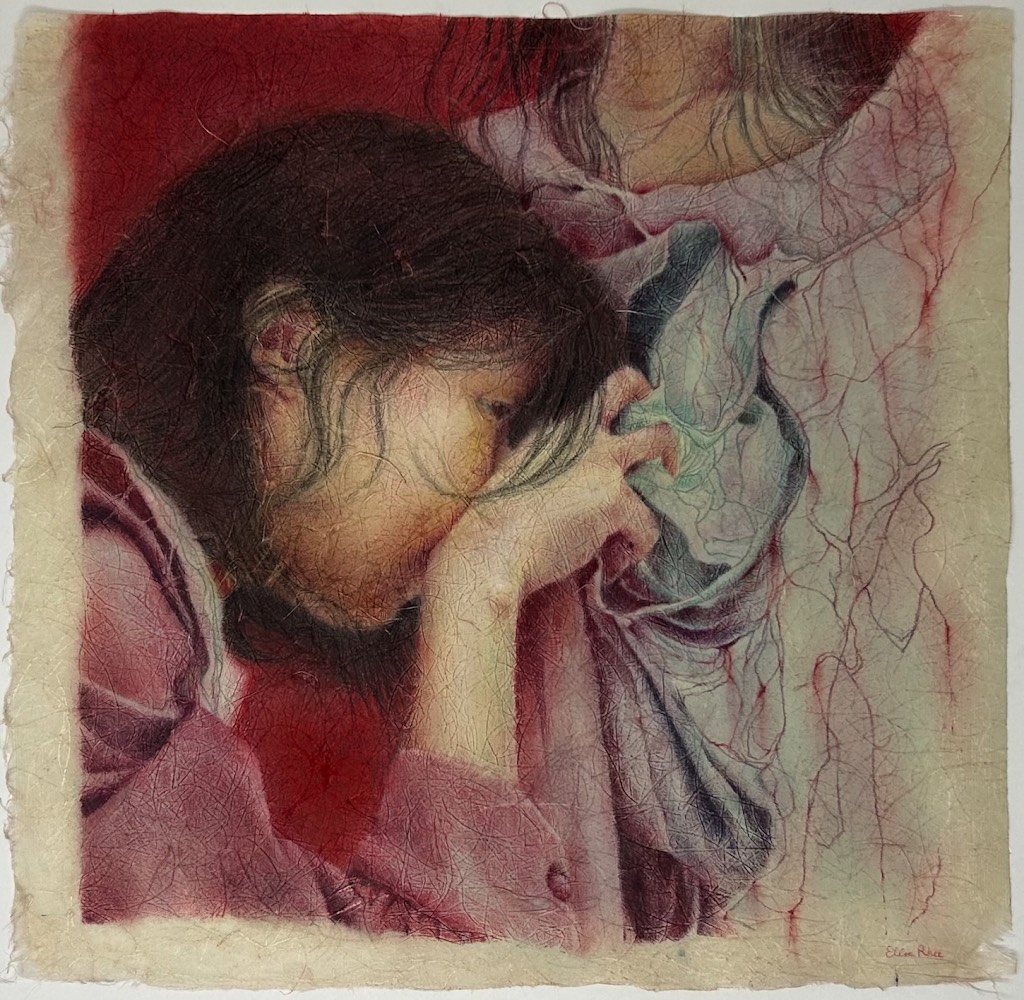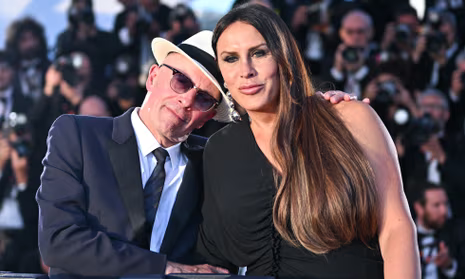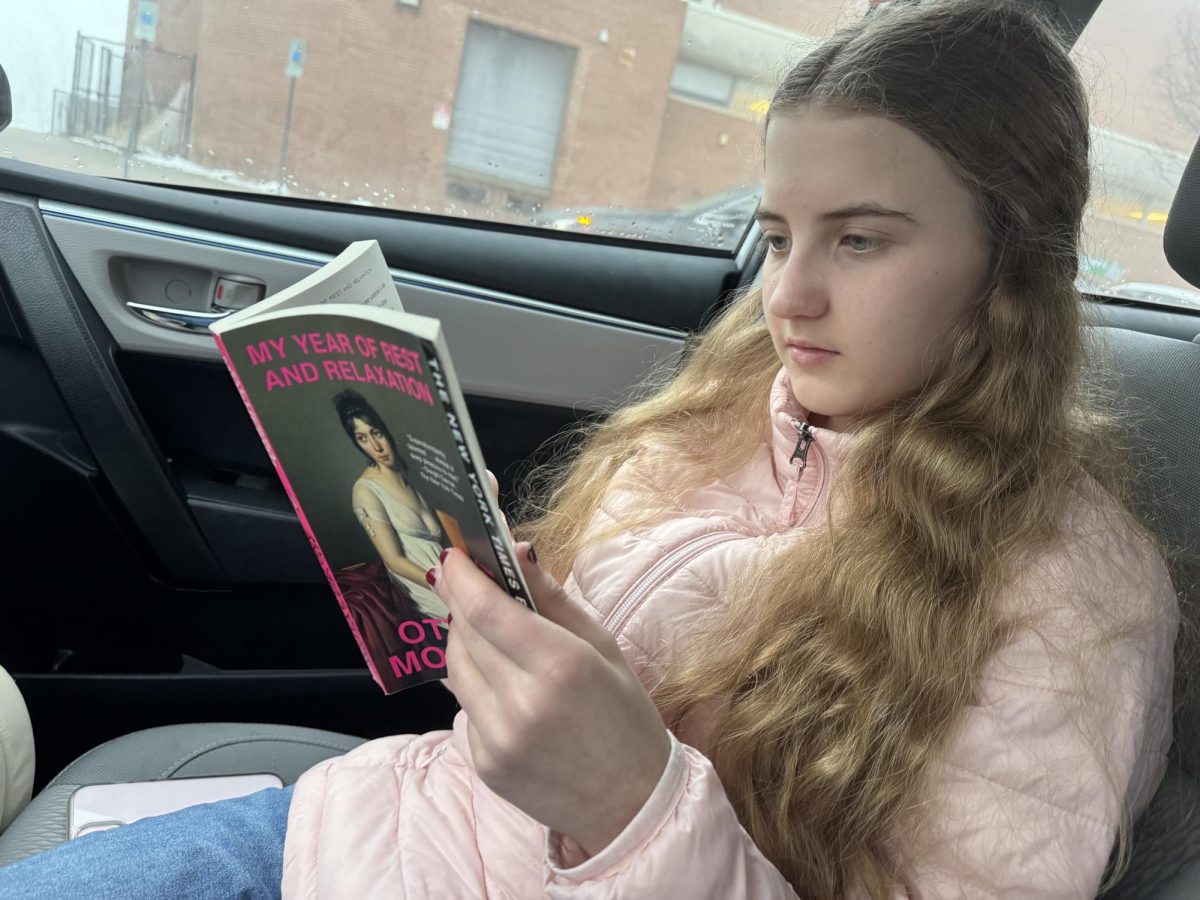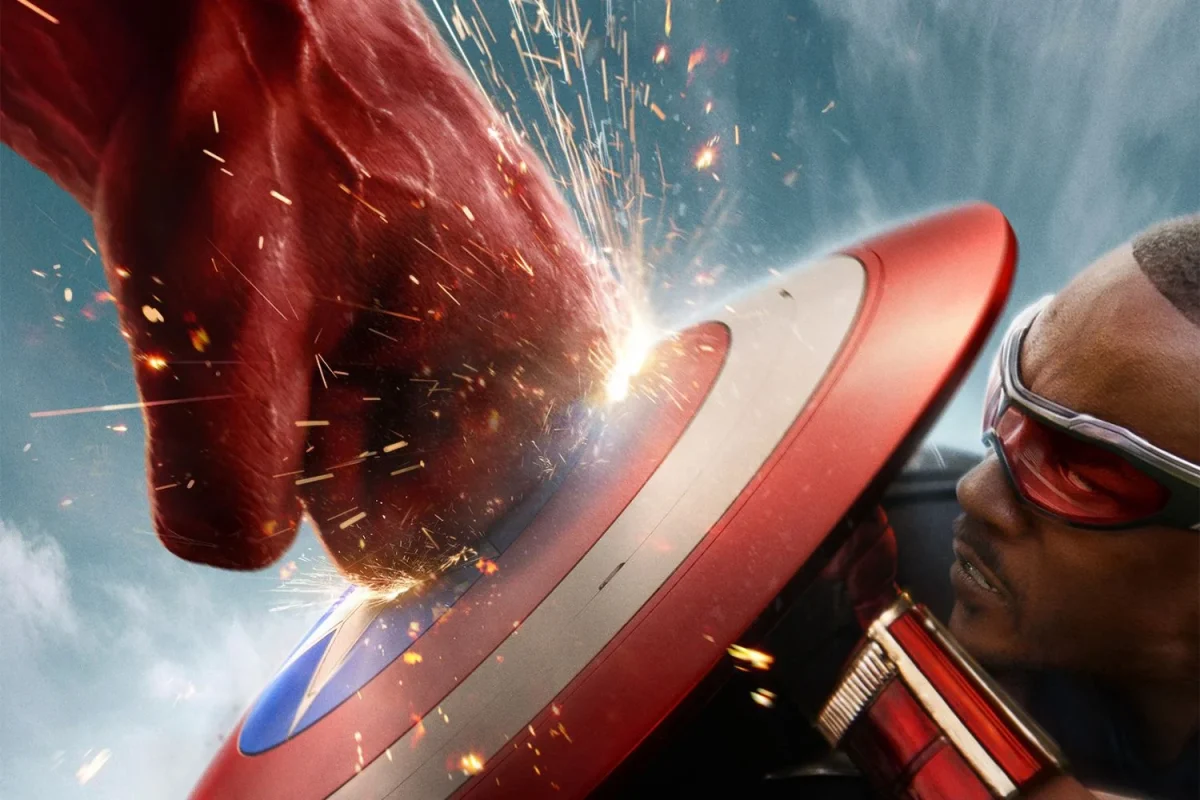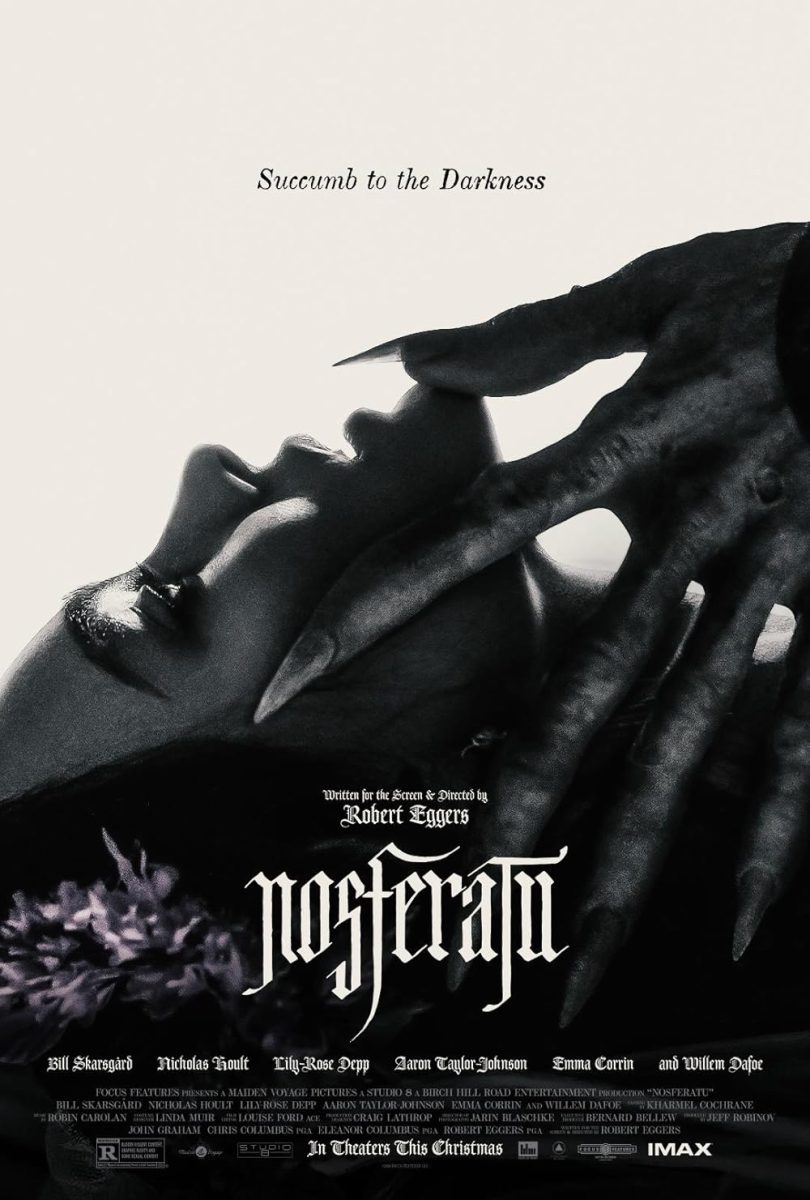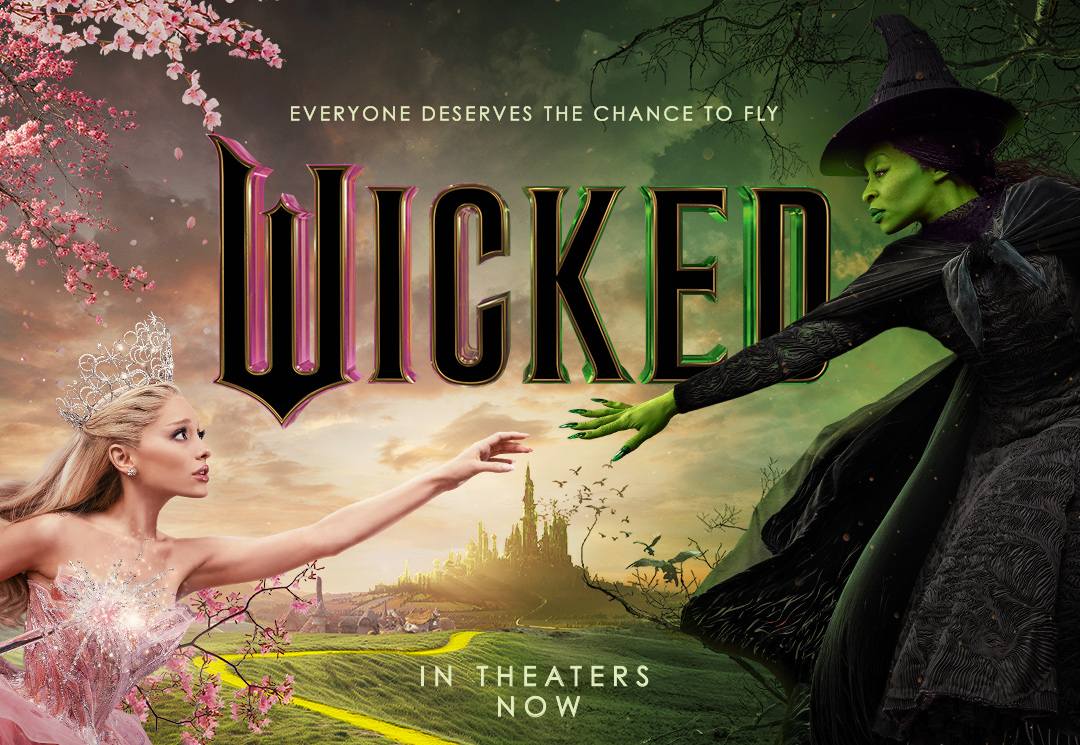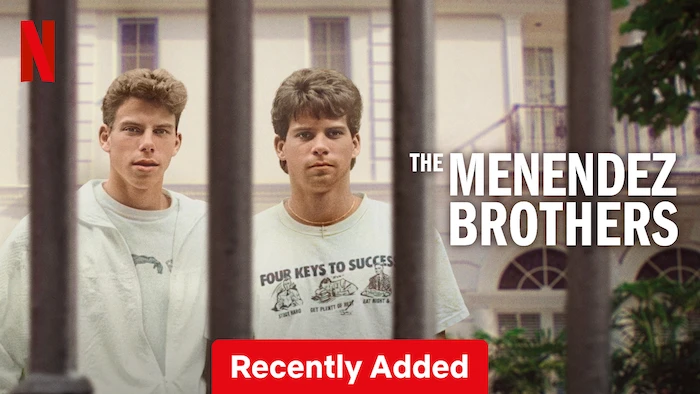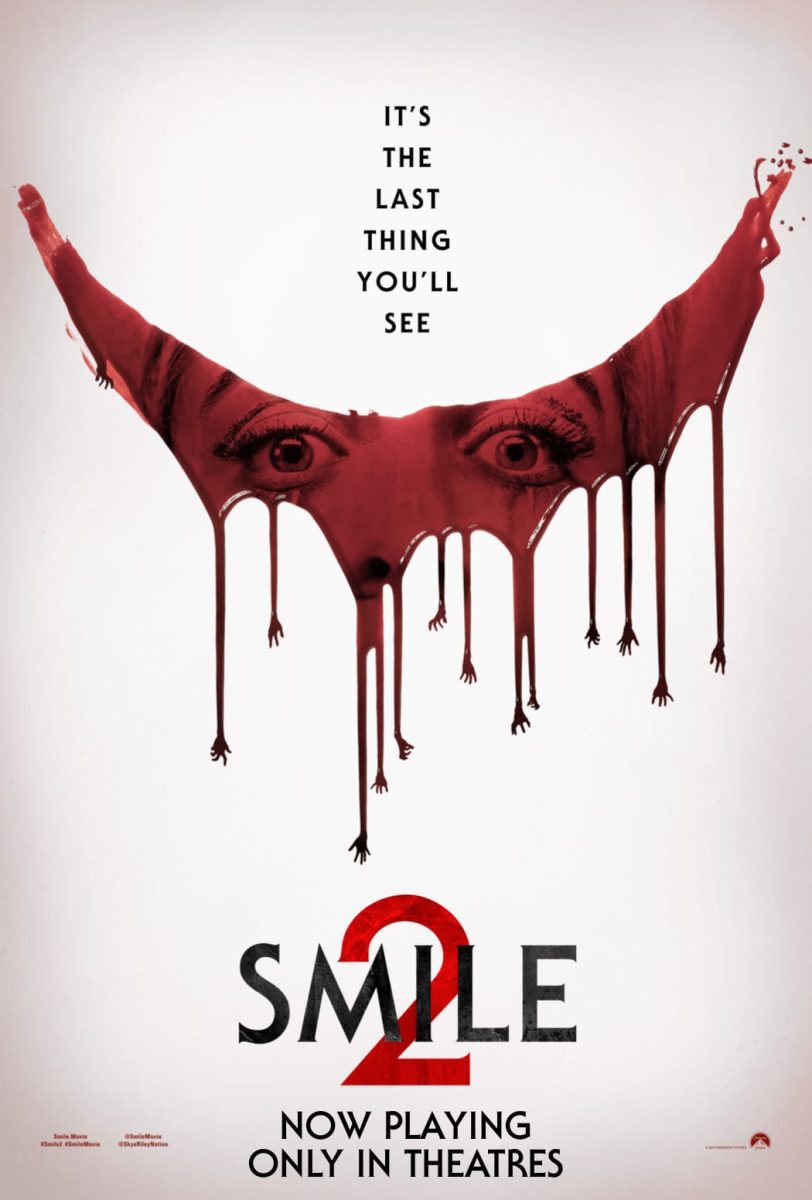Two blaring words introduce 1994’s “The Crow”: Brandon Lee. These two words are not the title, yet they hold just as much, if not more significance. They form the foundation of a film both built upon and marred by horrific tragedy. They are the name of the lead actor who was killed by a prop gun while on set. Lee’s powerhouse performance shaped the movie into the cult classic it is known as today, but the horrific legacy of the film has prevented anyone from trying to readapt it. That is, until now.
Even prior to Lee’s death, a distinct darkness surrounds “The Crow” franchise. Originally conceived as a comic series, its author, James O’Barr, wrote it as a way to cope with his fiance’s untimely death at the hands of a drunk driver. O’Barr’s grief is apparent in every aspect of the comic.
The plot of both the comic and the movie focuses on Eric Draven and Shelley Webster, a young couple murdered the night before their wedding. One year later, Draven is brought back from the dead to avenge the death of himself and his fiance. The movie feels dark, gritty and nearly hopeless for most of its runtime. But moments of light shine through as Draven reflects on his memories with Shelly and Sarah, a young girl they took care of.
The comic, first published in 1989, rapidly became an underground success. O’Barr was hesitant about creating a film. The story had been painful for him, taking nearly six years to complete the comics. But when he met Brandon Lee, they rapidly became good friends and O’Barr trusted him to complete his vision.
Tragedy struck when Lee was killed on set. O’Barr was deeply traumatized and ended up donating much of the movie’s profits to charity. But even in his death, Lee’s talent shines through. Audiences fascinated by Lee’s story flocked to the film, earning nearly 94 million dollars in the box office. Many have continued to find catharsis in the grief and rage portrayed by Lee.
When Hollywood caught wind of this success, they immediately tried to find a way to capitalize on it. This would be incredibly difficult, as anything resembling a readaptation would disrespect Lee’s memory. Yet they still released a series of subpar sequels throughout the late nineties and early 2000s. All of these failed miserably in the box office, further solidifying Lee’s legacy as the one and only crow.
That was until December 2008, when film director Stephen Norrington declared that he would adapt “The Crow”. It was not to be a remake of the movie but rather a readaptation of the comics. This idea was doomed from the beginning, cycling through countless actors and directors until 2022. That year, Bill Skarsgård was announced to play Draven, along with English singer FKA Twigs to play Webster. Rupert Sanders was to be the director.
Despite being filmed in 2022, the movie was not released until late 2024. With hardly any promotional materials, the movie was set for disaster. It tanked in the box office, garnering less than half its production budget. The movie seems to forget its source material, focusing on the supernatural rather than the emotion that built the franchise.
Webster plays a much larger role in this film, which is in theory a good idea. In the original movie, the audience only gets brief glimpses of her in Draven’s memory. But instead of taking the time to flesh out her character, Sanders builds a convoluted plot of crime lords and pacts with the devil. Instead of the murders being an unexpected tragedy, Webster is killed because she refuses to delete a video that incriminates a well-known crime lord. This completely defeats the fact that the foundation of “The Crow” is a senseless real-life tragedy.
Skarsgård’s performance is not bad despite the cringeworthy lines in the script but his acting pales in comparison to Lee, seeming almost insulting. The movie is underwhelming and forgettable but opens up an interesting question about the ethics of adaptations like these.
The film industry has become completely inundated in the past five years with remakes, sequels and franchises. While they are guaranteed to make money, they fail to push any filmmaking boundaries. There have been 10 Disney live-action remakes and 12 Marvel films released in the past five years. These movies bore audiences who want something new, but Hollywood has latched onto the money-making potential of any and all remakes, regardless of the consequences.
“The Crow” readaptation is one of the best examples of this. Ignoring Lee’s astounding performance and horrific death makes the film feel grossly ignorant as well as lazy. Nobody wanted a remake of this movie, as the majority of its fans consider Lee to be the only person who can play Draven. Yet Hollywood ignored this fact and was in favor of making a “quick buck,” which it absolutely failed to do.
Franchises and remakes have become more and more unethical as technology has improved. From Disney using CGI to represent dead actors in the “Star Wars” franchise to AI creating the potential for dead actors’ likenesses and voices to be robotically captured, the public should consider the ethics of the new Hollywood. “The Crow” is just one example of movie executives disrespecting a dead actors’ legacy. If the public does not call out Hollywood’s unethical behavior, movie executives will continue to capitalize on deceased stars.


